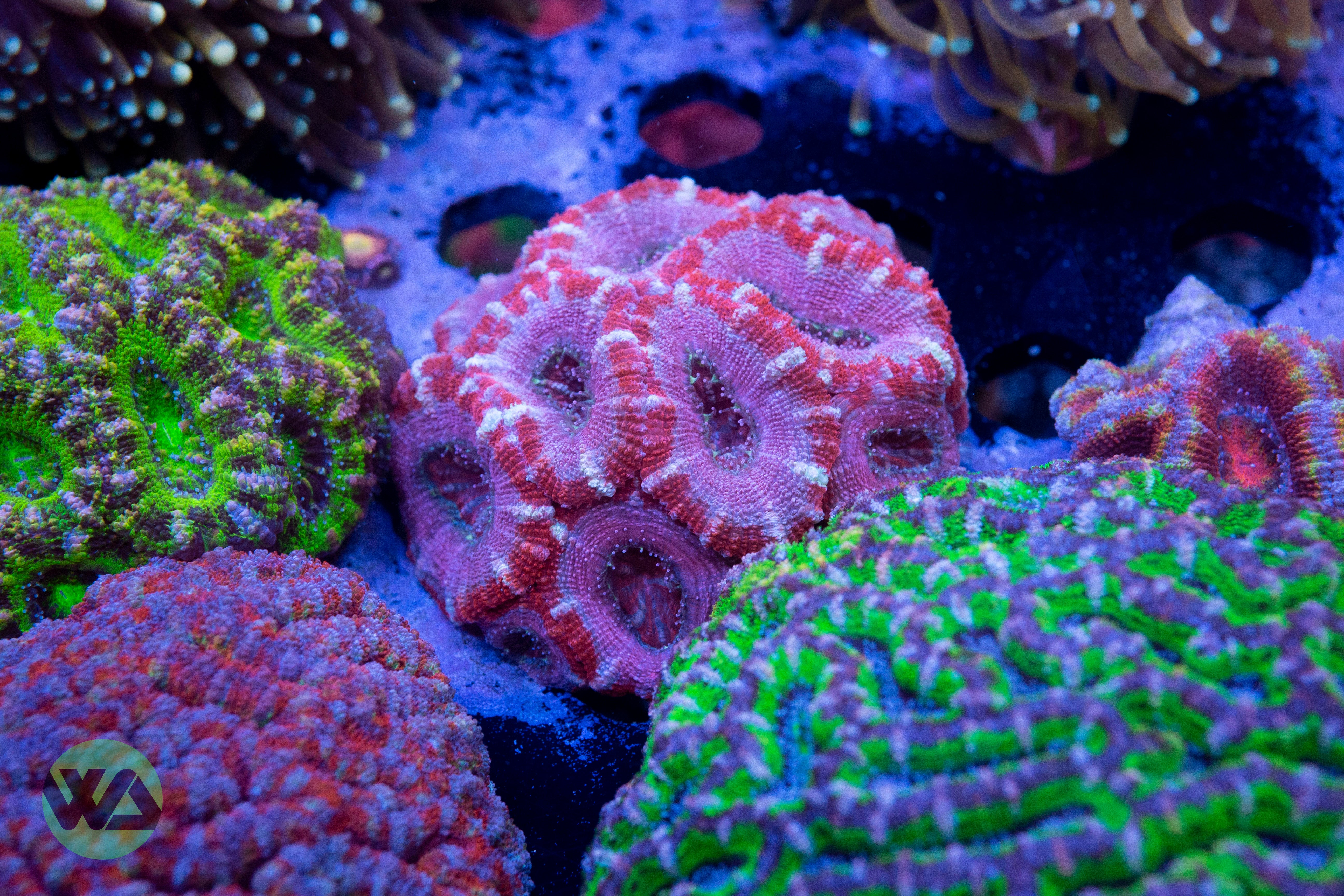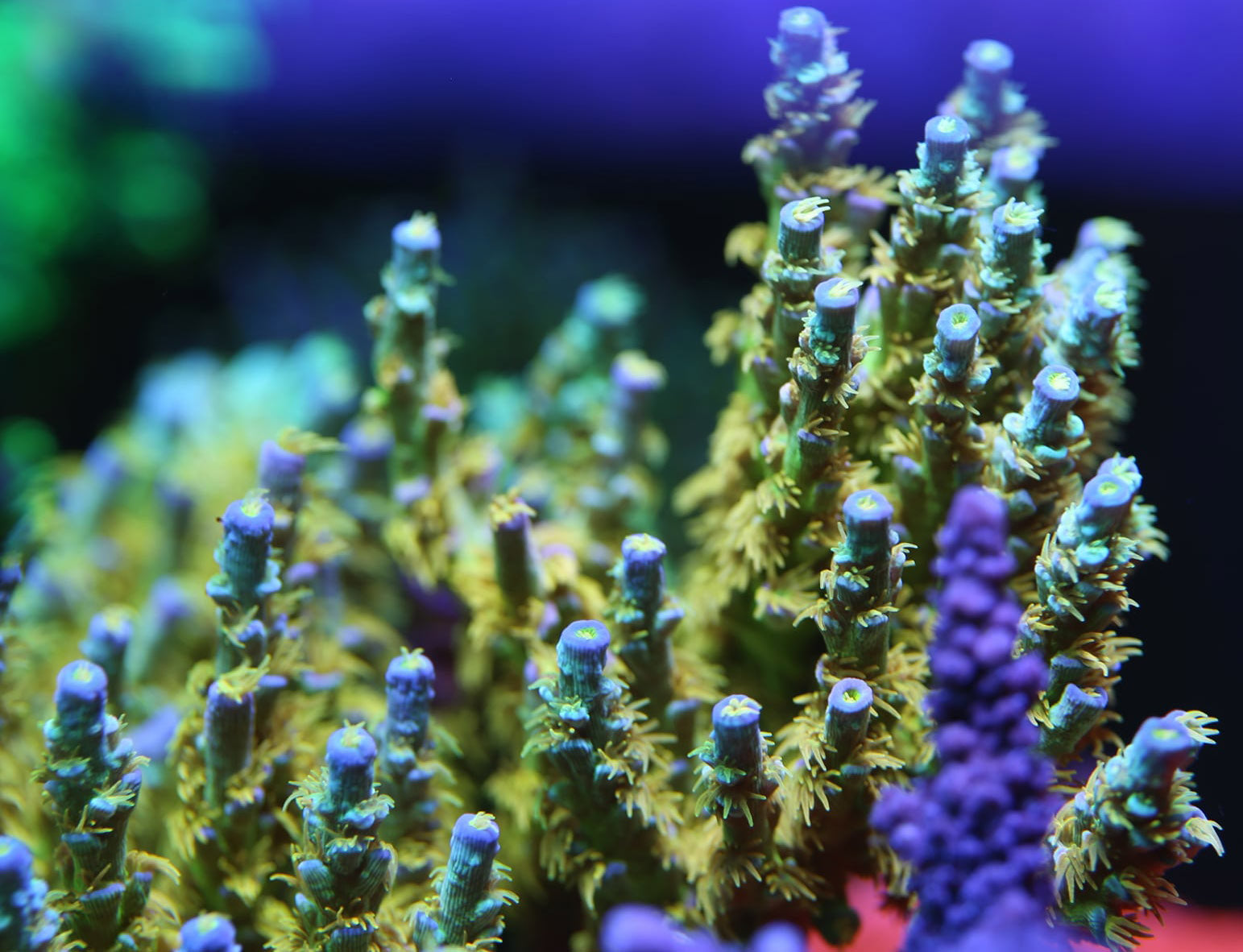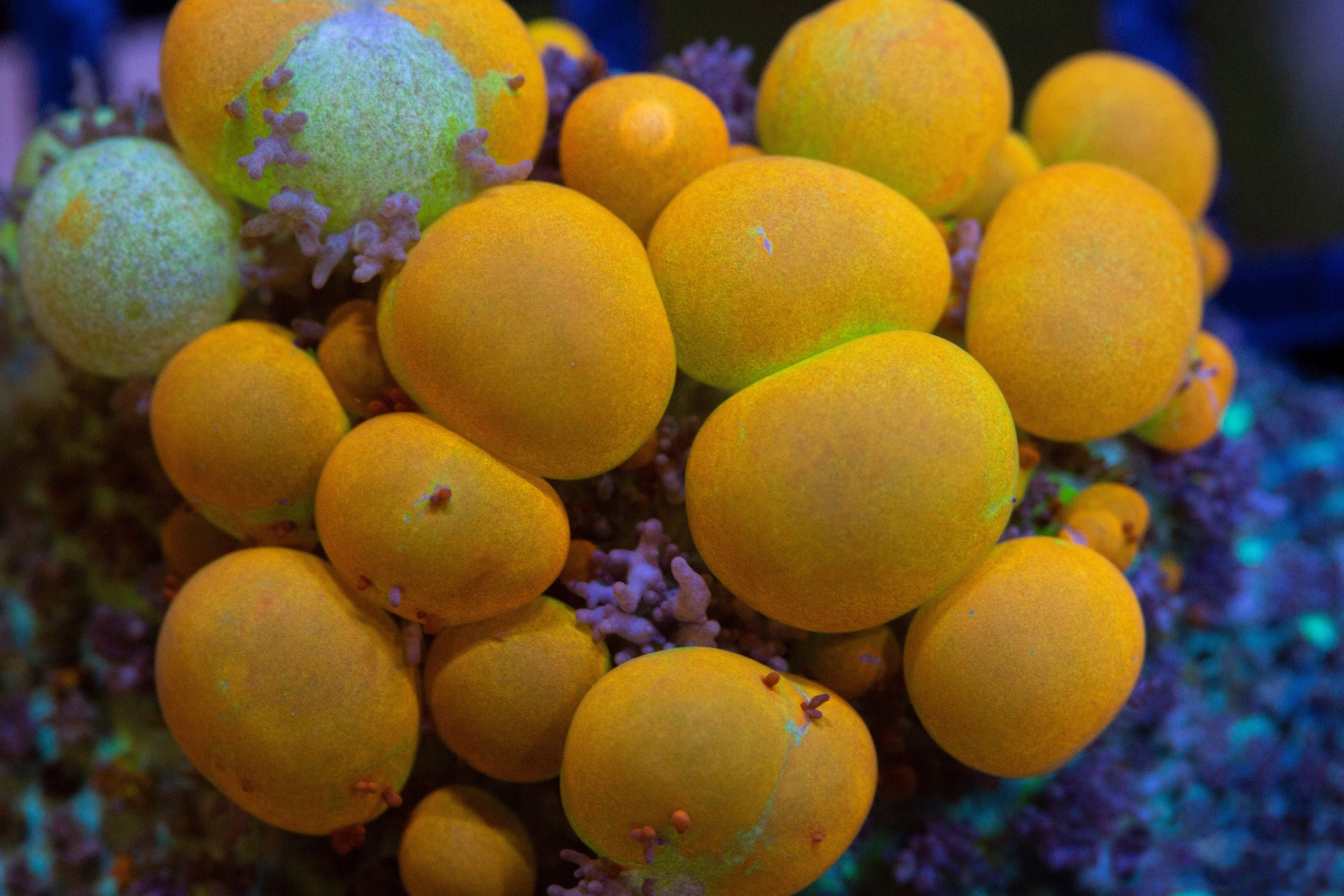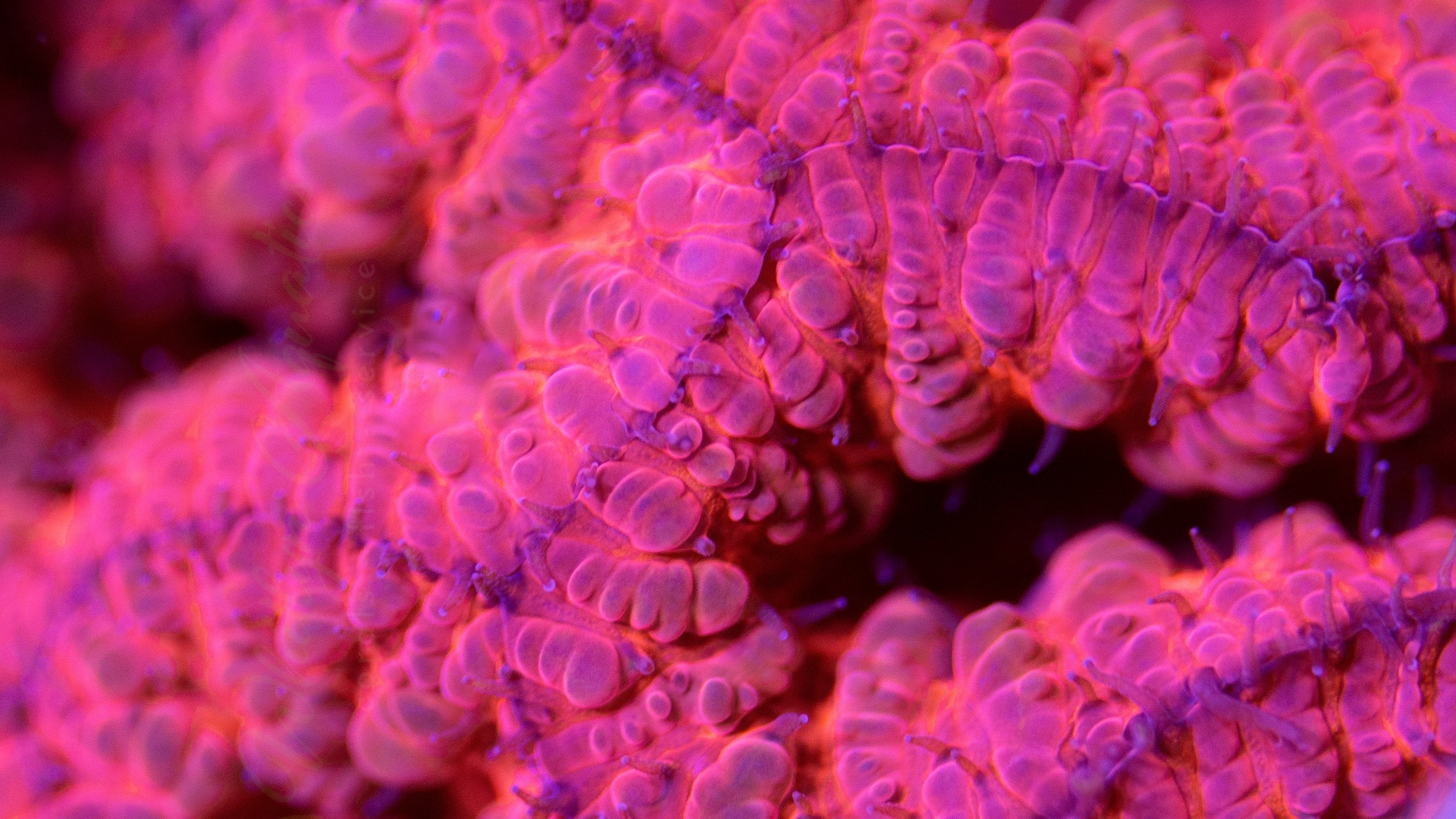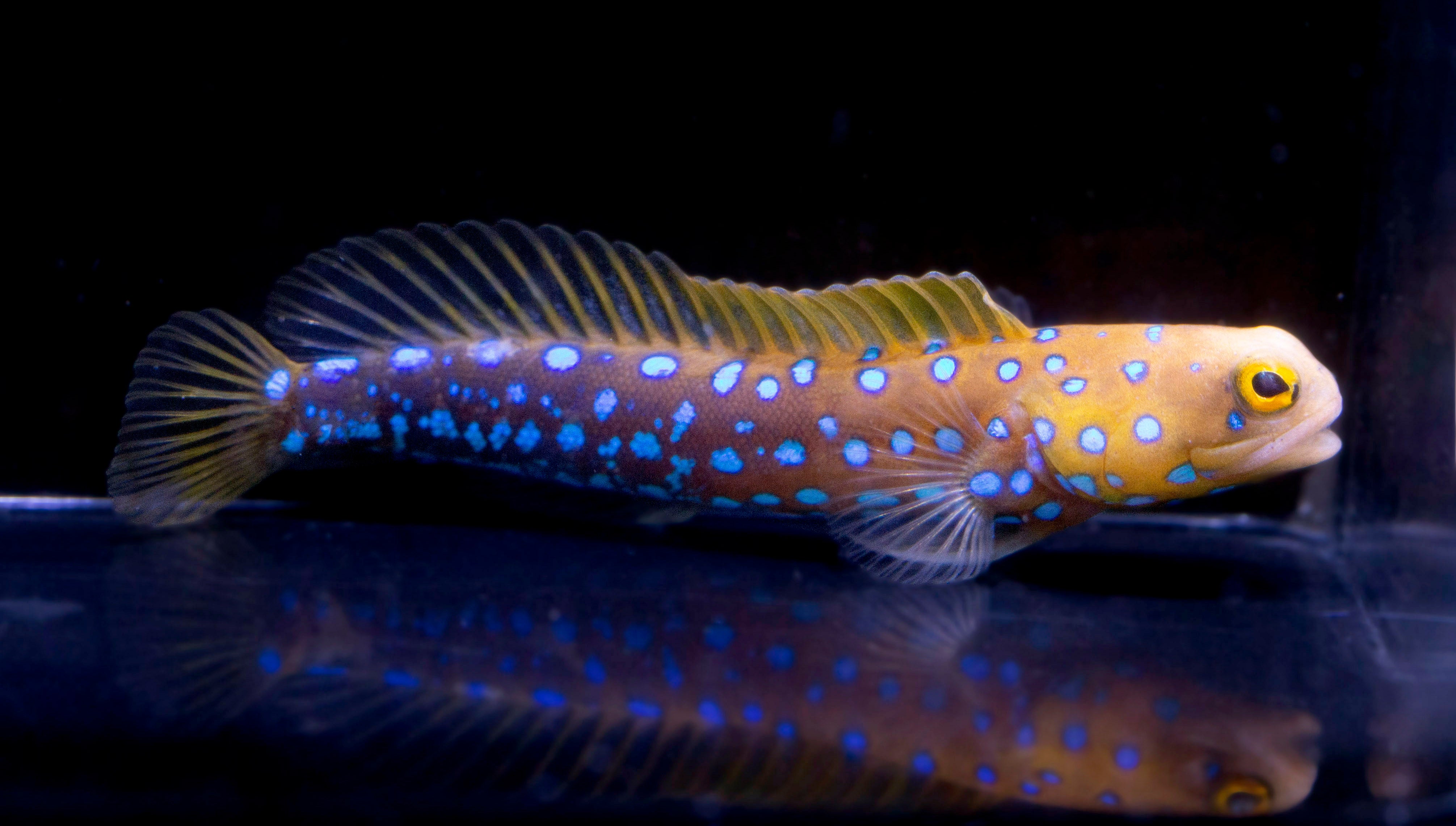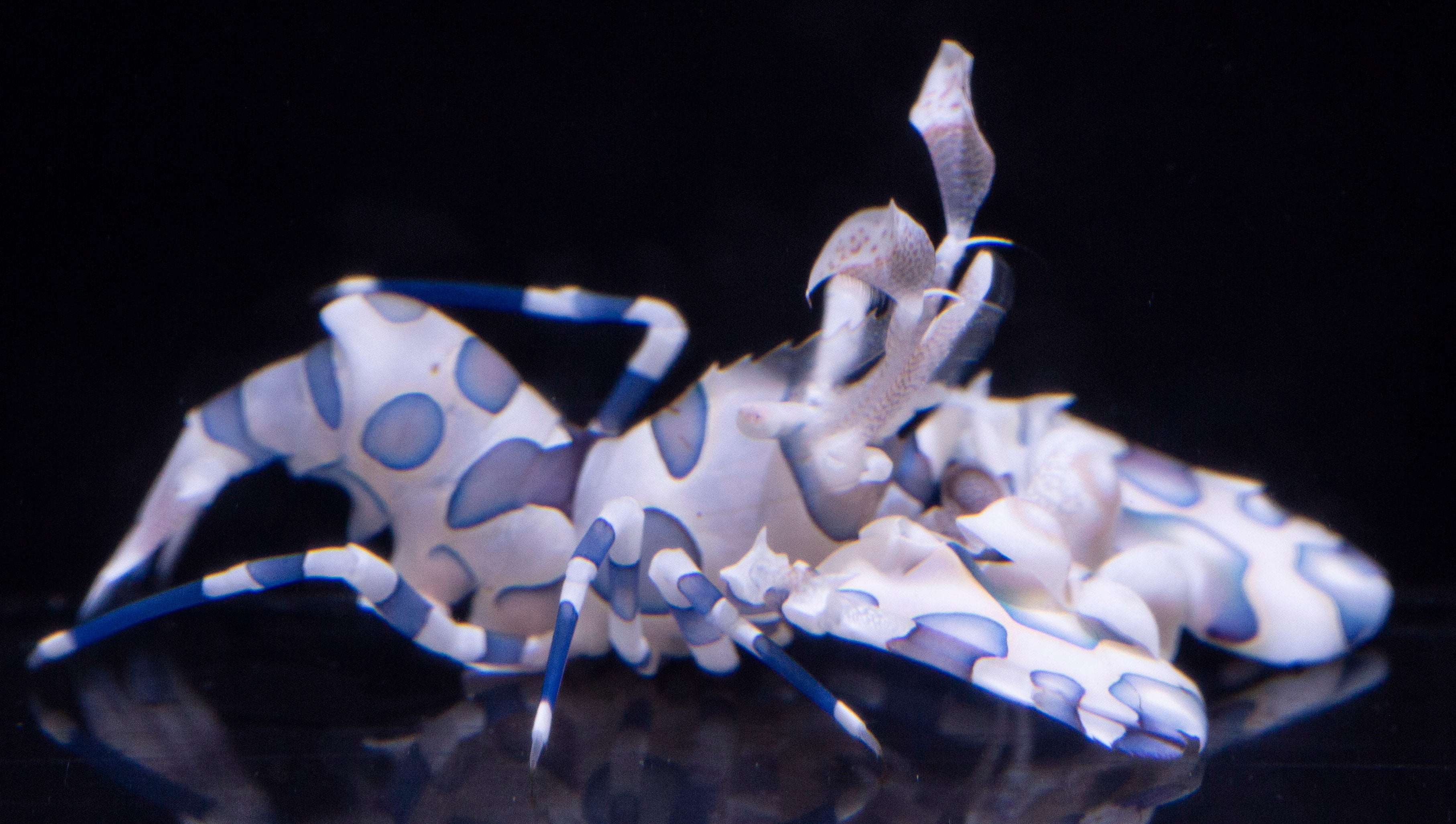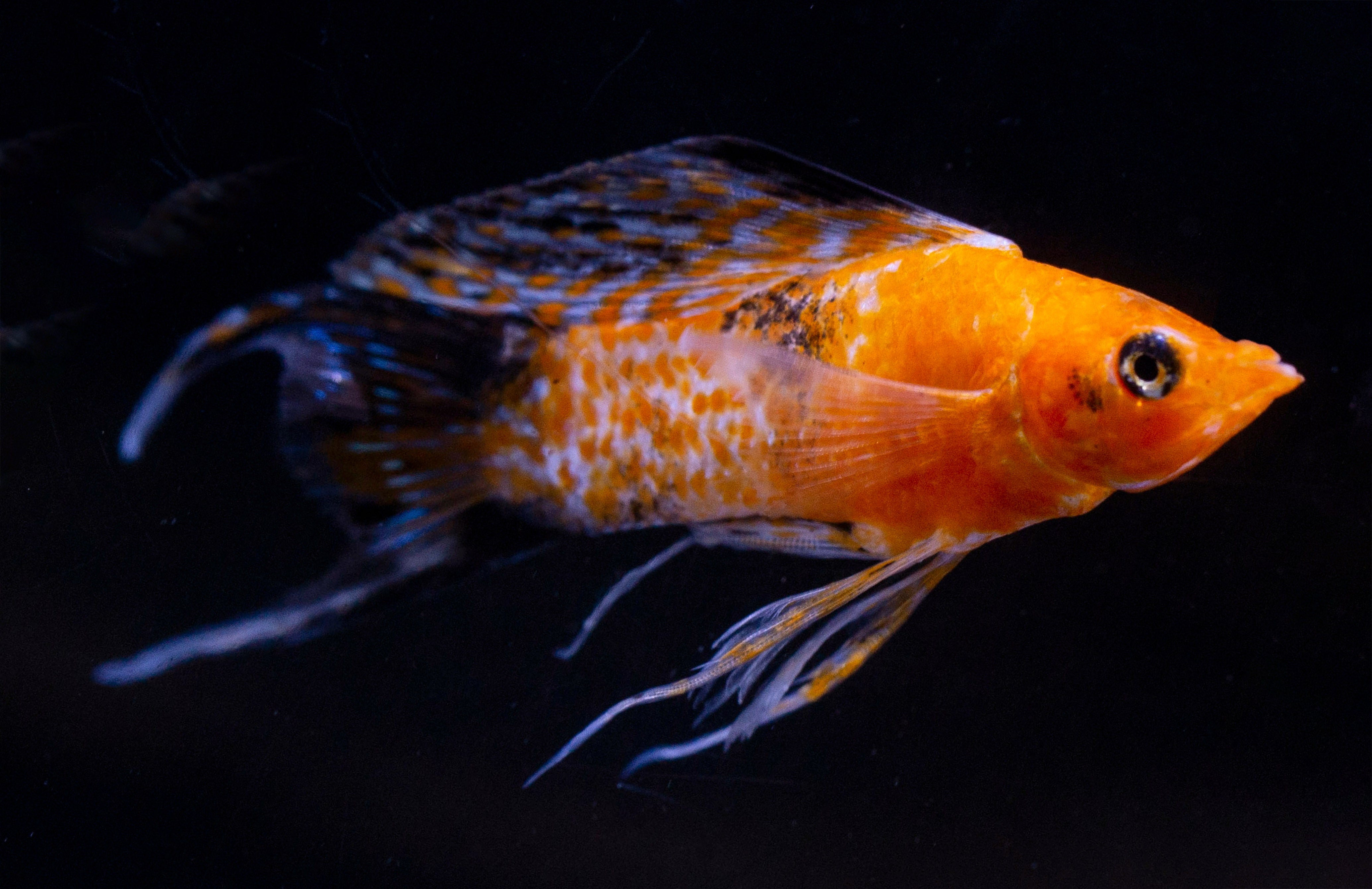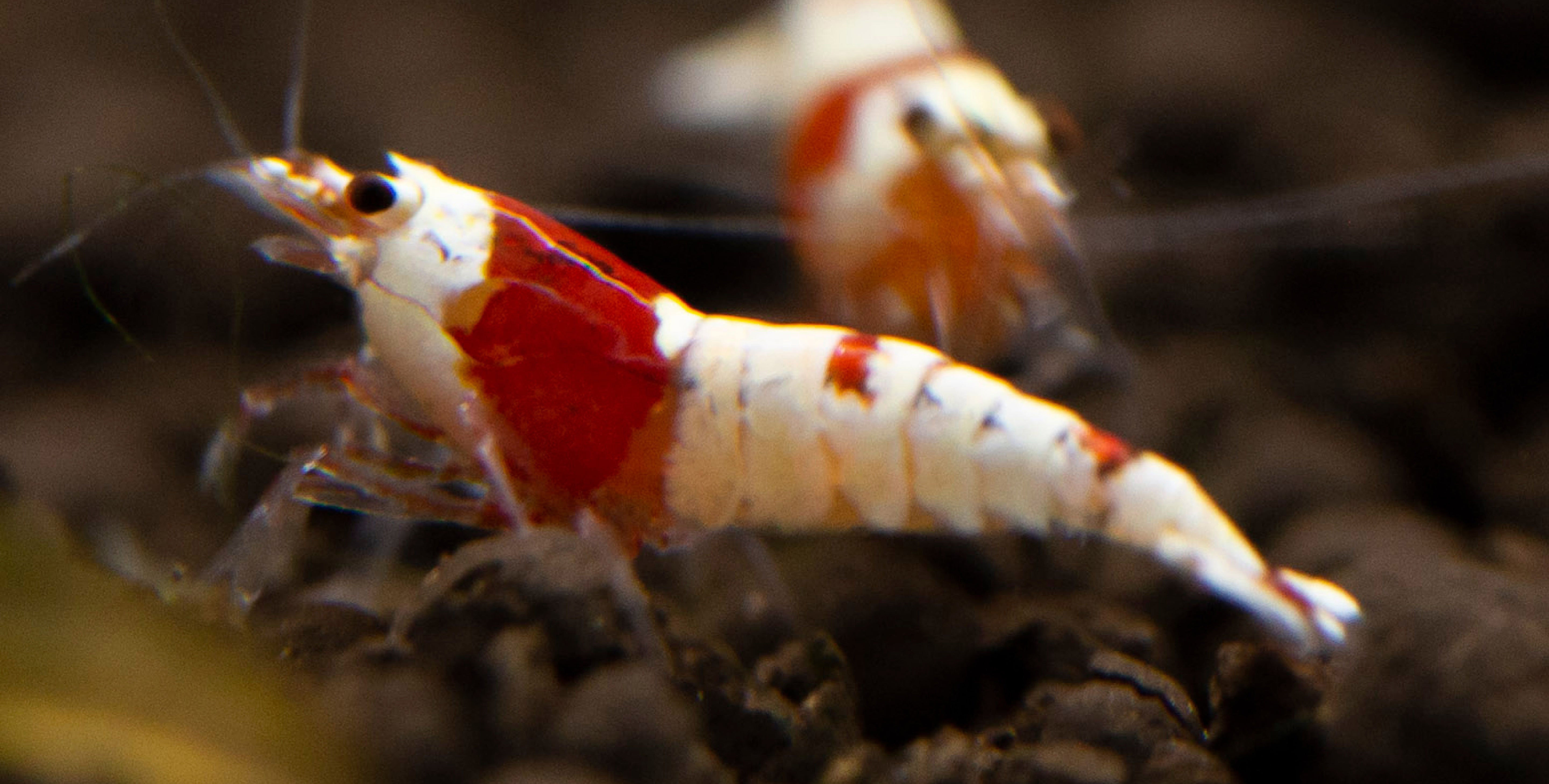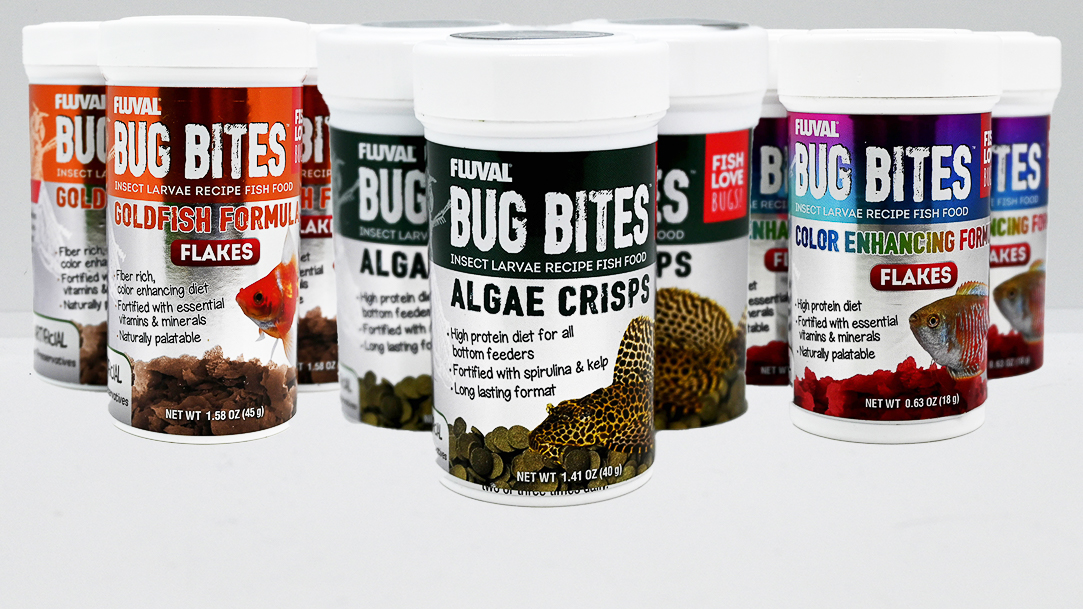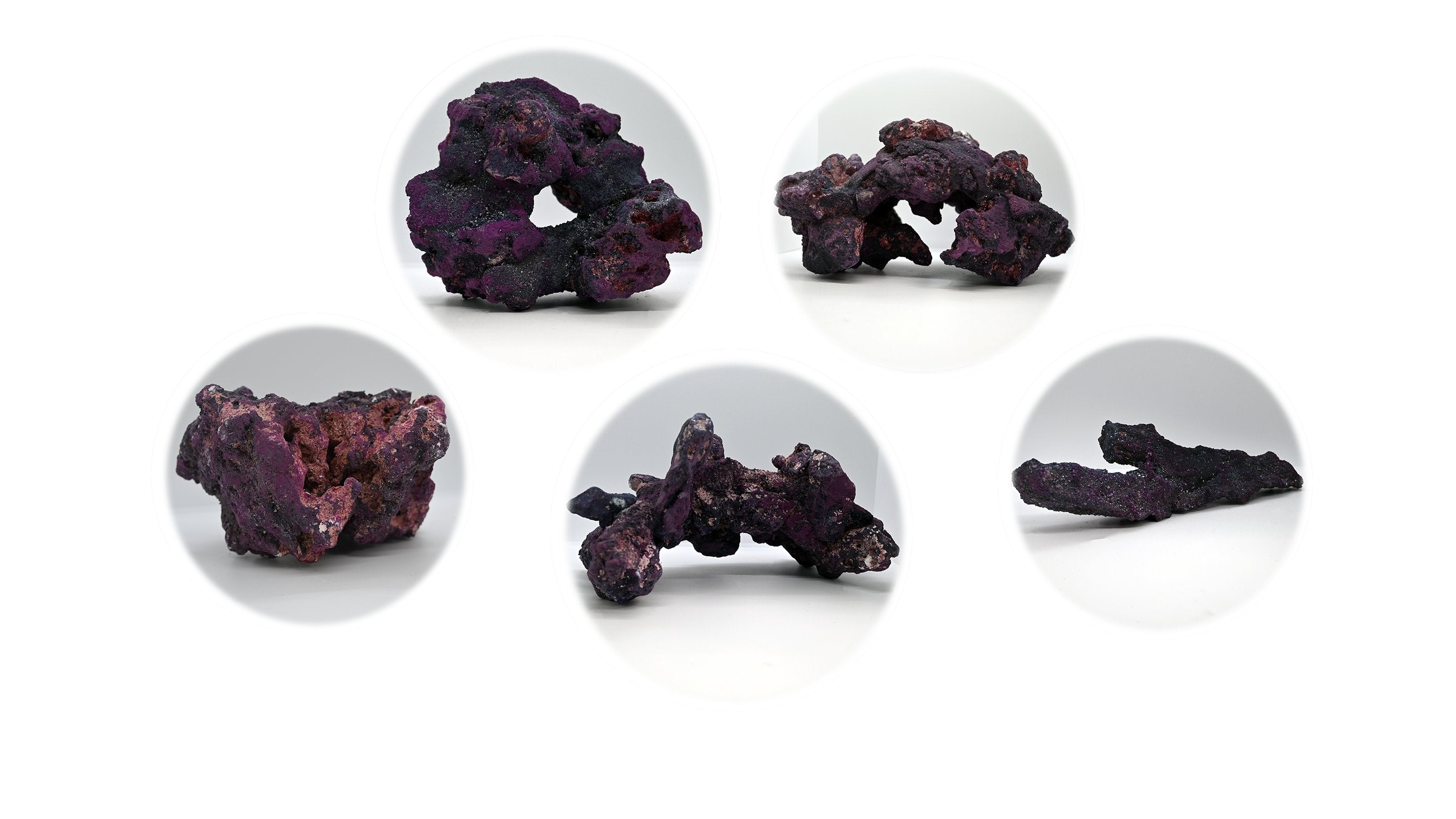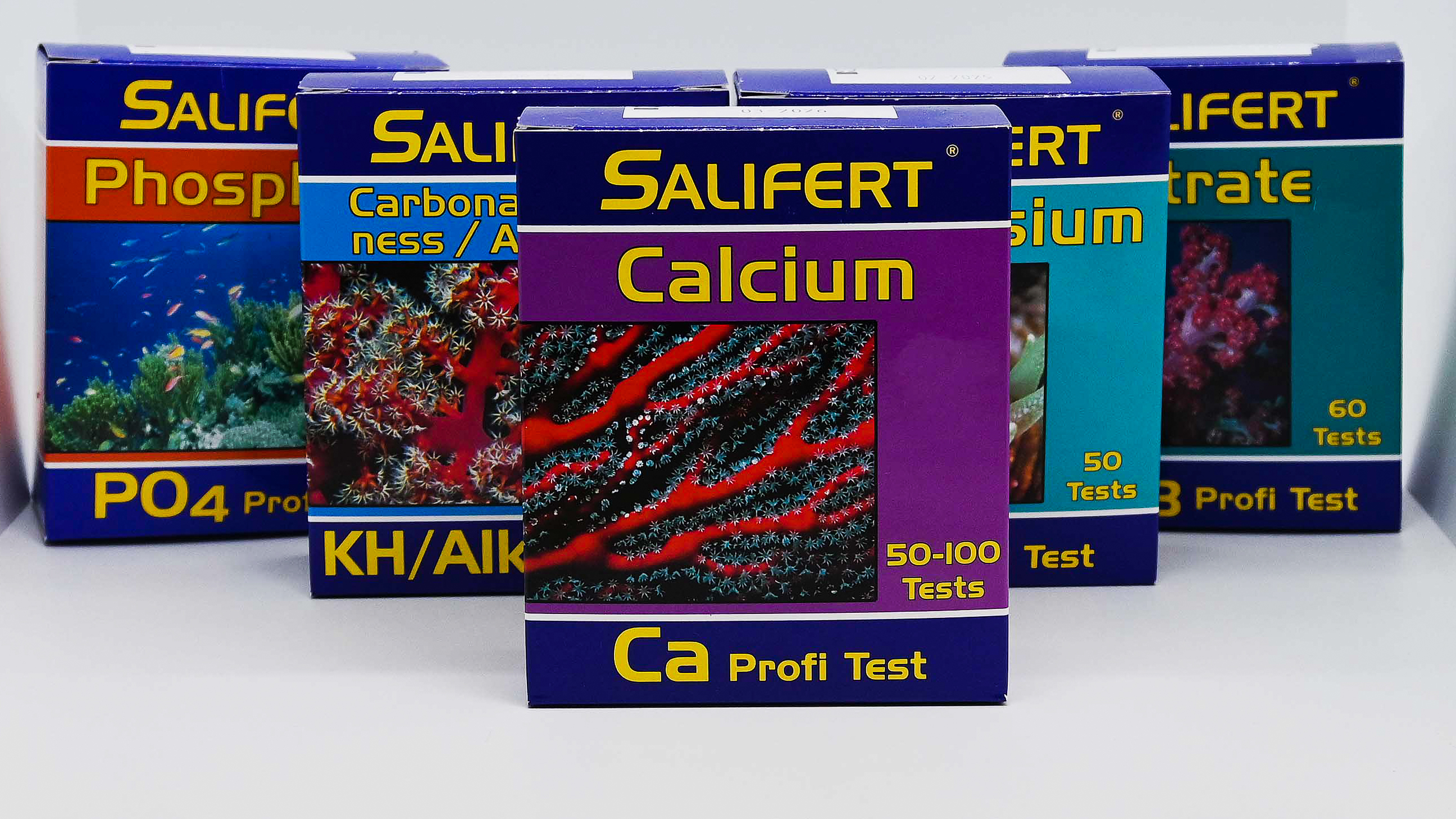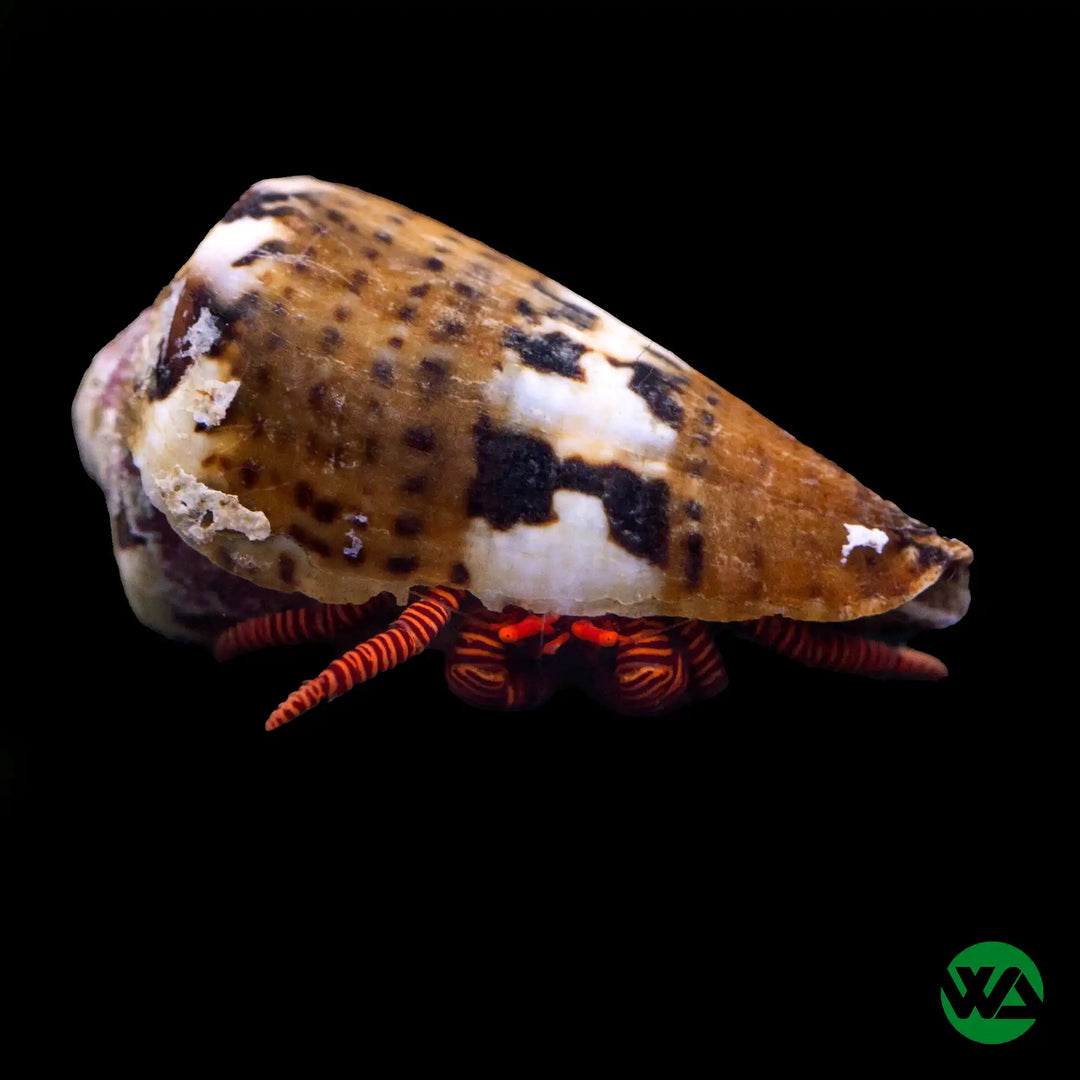
Halloween Hermit Crab - Ciliopagurus strigatus
- Low stock - 3 items left
- Inventory on the way
Introducing the Halloween Hermit Crab (Ciliopagurus strigatus): A Spooky yet Playful Addition to Your Reef Aquarium
Unleash the charm and playful antics of the Halloween Hermit Crab (Ciliopagurus strigatus) in your reef aquarium. Native to the Indo-Pacific, these spirited hermit crabs not only showcase a festive appearance but also contribute to the vitality of your marine ecosystem.
Key Features:
1. Striking Halloween Colors: Dressed in a Halloween costume of orange and black, these hermit crabs boast a spooky yet eye-catching appearance. Their vibrant colors add a touch of festivity to your underwater landscape.
2. Essential Tank Cleaners: Beyond their festive attire, Halloween Hermit Crabs are diligent tank cleaners. They scour the aquarium floor, consuming detritus, algae, and uneaten food, contributing to a cleaner and healthier environment.
3. Reef-Safe and Social: Known for their reef-safe behavior, these hermit crabs coexist peacefully with corals and other invertebrates. Their social nature adds an entertaining dynamic to your aquarium community.
4. Ideal for Nano and Reef Tanks: With a size of approximately 1 to 2 inches (2.5 to 5 cm), Halloween Hermit Crabs are perfect for nano and reef tanks. Their manageable size makes them a versatile and engaging addition to various setups.
Care Instructions:
-
Tank Compatibility: Provide a well-established reef aquarium with ample hiding spots and a stable environment. Ensure a temperature range of 72-78°F (22-26°C) and a salinity level of 1.023-1.025.
-
Dietary Variety: Halloween Hermit Crabs are omnivores. Offer a diverse diet including algae, seaweed, small meaty foods, and specially formulated hermit crab food to meet their nutritional needs.
-
Substrate and Shells: Ensure a sandy substrate and offer a selection of empty shells for these hermit crabs to choose from as they grow. They frequently change shells as part of their natural behavior.


